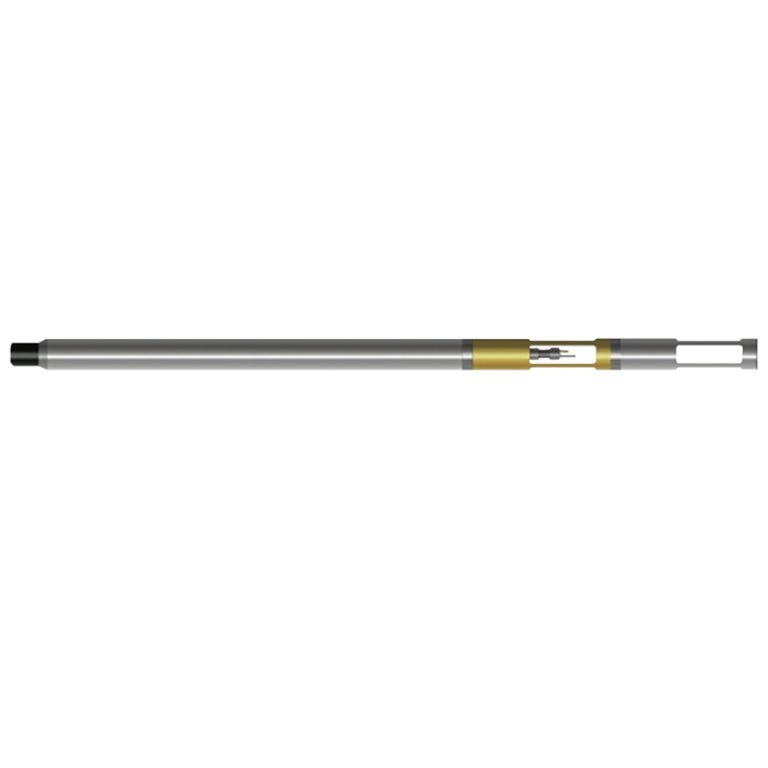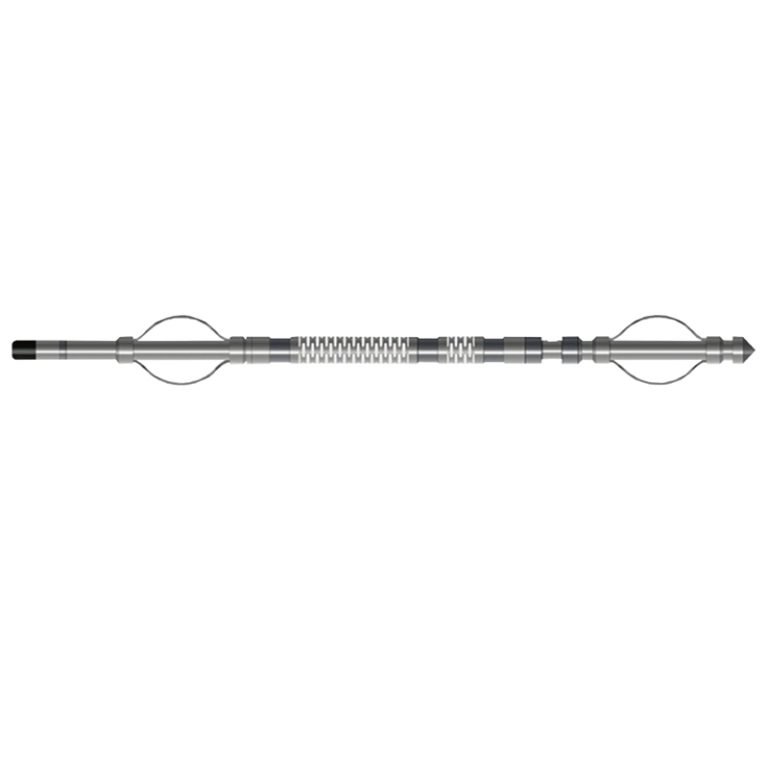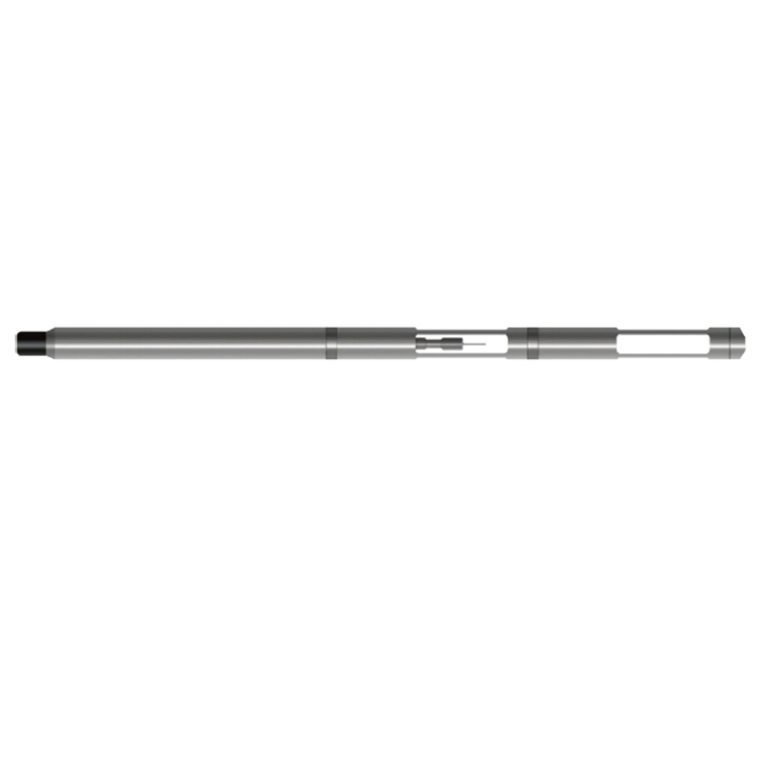Welcome to Geotech!

JCX2-1 Probe
PRODUCT PARAMETERS
- Small diameter and lightweight instrument, suitable for use in small diameter drilling conditions
- Highly intelligent, powered by constant power
- Wide measurement dynamic range, accurate measurement
Description
JCX2-1 Dual-Lateral Resistivity Probe
 Abstract
Abstract
JCX2-1 Dual-Lateral Resistivity Probe adopts the method of focusing the power supply current, so that the current flowing out of the main electrode flows into the formation approximately vertically, reducing the influence of well fluid and low-resistance rock formation on the calculated resistivity, thereby making the measured and calculated apparent resistivity closer to the real resistivity of the rock formation. Through the deep focusing effect and shallow focusing effect, the resistivity of the original formation that has not been invaded and the resistivity of the shallow invasion zone are obtained respectively, and the presence or absence of invasion, shallow invasion and deep invasion are judged according to the difference between the two resistivities.

 Applications
Applications
● Bare hole
● Fill with water or mud
 Applicable Conditions
Applicable Conditions
● Accurately divide lithological profiles
● Assess intrusion
● Distinguish the location of oil, gas and water layers
● Identify formation fissures
 Features
Features
● Small diameter and lightweight instrument, suitable for use in small diameter drilling conditions
● Highly intelligent, powered by constant power
● Wide measurement dynamic range, accurate measurement
 Specifications
Specifications
| Electrode | Stainless steel electrode |
| Resistivity measurement range | 0~10KΩ·m |
| Resistivity measurement accuracy | 5% (10~10KΩ·m) |
| Electrode length | A0=100mm, A1=200mm, A2=700mm |
| Resistivity measurement accuracy | 5% (10~10KΩ·m) |
| Signal output | Bipolar encoding |
FAQ
① In SI, it is m·s-2, and one percent of it is the international unit abbreviation g.u.;
② Conversion between SI and CGS: 1g.u.=10-1 mGal
Gravitational field: The space around the earth with gravity is called the gravitational field.
Gravitational potential: The gravitational potential W in the gravitational field is equal to the work done by a particle of unit mass moving from infinity to that point.
① The normal gravity field of the earth: Assuming that the earth is a rotating ellipsoid (reference plane), the surface is glossy, the internal density is uniform, or it is distributed in concentric layers, the density of each layer is uniform, and the deviation of the shape of the ellipsoid from the geoid is very small, then the gravity field generated by the earth is the normal gravity field.
② The normal gravity value is only related to the latitude, the smallest at the equator and the largest at the poles, with a difference of about 50,000 g.u.; the rate of change of the normal gravity value with latitude is the largest at 45° latitude, and zero at the equator and the poles; the normal gravity value decreases with increasing altitude, and its rate of change is -3.086 g.u.. The main feature of the long-term change is the "westward drift" of the geomagnetic elements, both the dipole field and the non-dipole field drift westward, and have a global nature.
The gravitational field strength is equal to the gravitational acceleration in both numerical and dimensional terms, and the two are in the same direction. In gravity exploration, all references to gravity refer to gravitational acceleration. The gravitational field strength at a point in space is equal to the gravitational acceleration at that point.
Gravity exploration is an exploration method that is based on the density difference of rocks and ores. Since density difference will cause local changes in the normal gravity field of the earth (i.e. gravity anomaly), it is used to solve geological problems by observing and studying gravity anomalies.
-1.png)








